The stunning winners of an architects’ competition to draw fairy tales about the future
Architects, it turns out, draw fantastic fairy tales.


Architects, it turns out, draw fantastic fairy tales.
Since 2013, Blank Space, an ideas platform for architecture, has been hosting “Fairy Tales,” an open call contest for short stories told through illustration and words about architecture.
The fiction competition has evolved to become a way for architects, engineers, and students to wrestle with real life concerns about the practice, explained Blank Space founders Matthew Hoffman and Francesca Giuliani to Arch Daily last year. Entries this year tackled topics ranging from globalization, technology-fatigue, displacement and disillusionment.
“Judges of the competition are most impressed by how architects and designers are able to leverage their skills to imagine the future that is already upon us.” says Hoffman to Quartz. “These futures fall outside of the traditional architecture profession, but in many ways are more ‘grounded’ than anything else out there.” The winners of this year’s competition, which will be compiled in a book, were selected by an illustrious panel led by art curator and critic Hans-Ulrich Obrist and architect Liz Diller.
From a pool of over 1,500 submissions from 67 countries, see the illustrations that accompanied the winning entries unveiled on March 23:
“Welcome to the 5th Façade”
A team from the Seattle-based design firm Olson Kundig won first place with a sci-fi story set in a city’s rooftops. The accompanying illustrations by Jerome Tryon are particularly compelling.
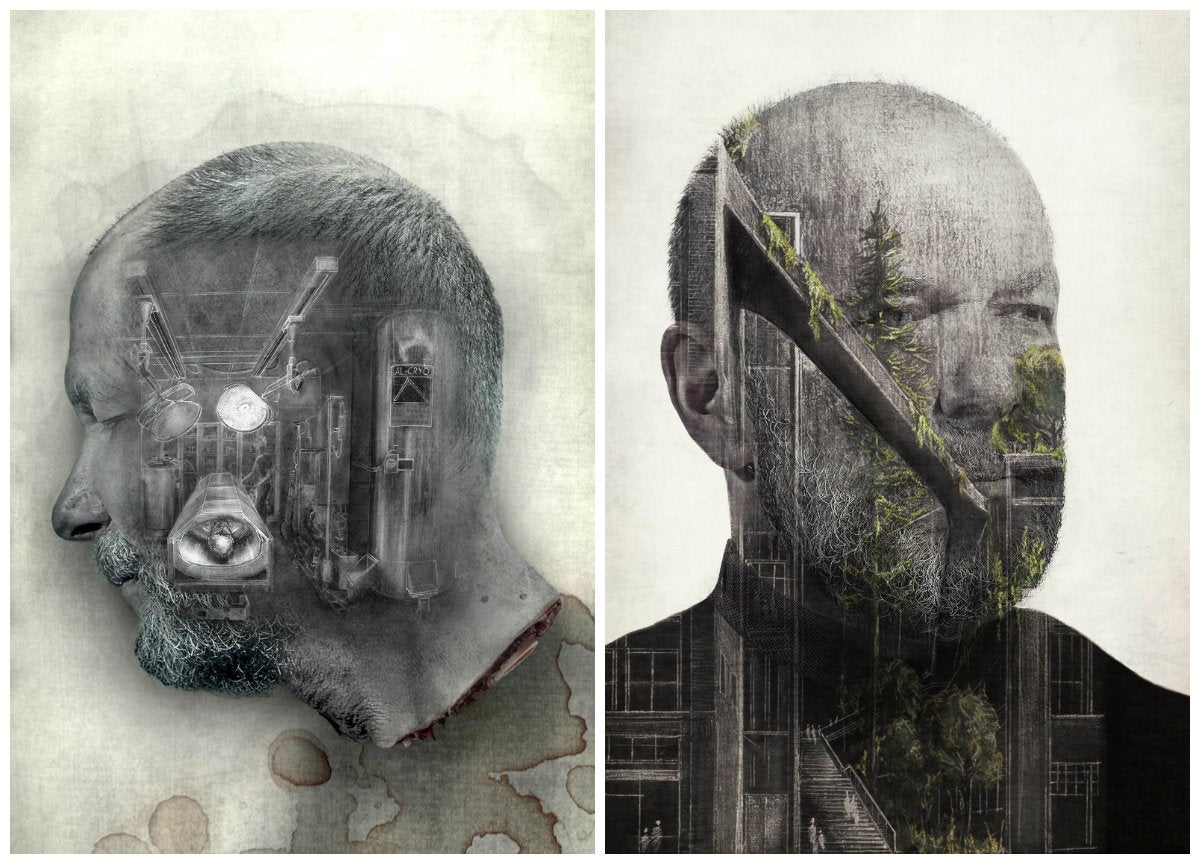

“Parisian Lullaby”
A poignant satirical story about the urban life and alienation in Paris by graduate student Hagai Ben Naim garnered second place.
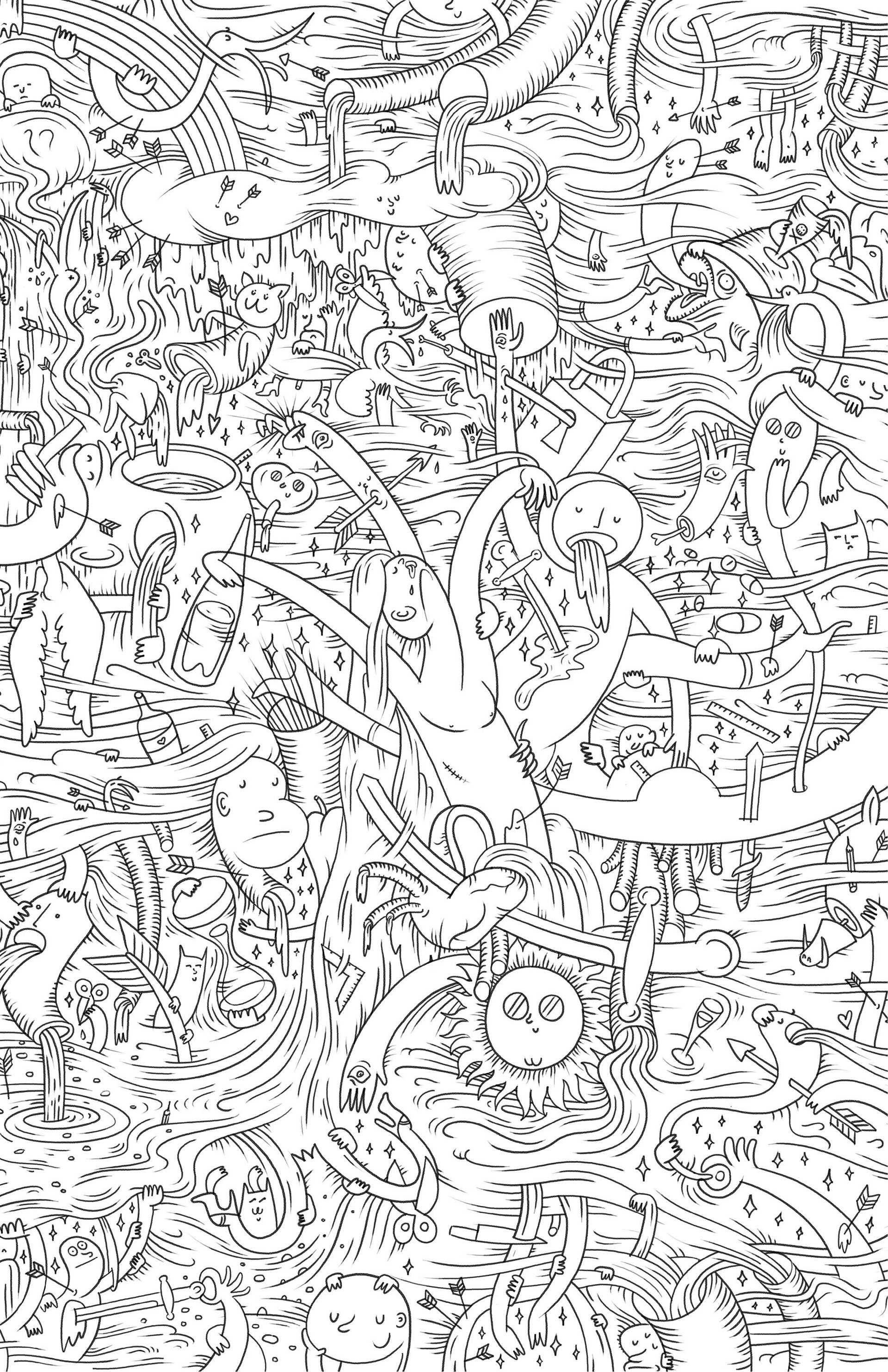
“12 Nautical Miles”
An anime-inspired story about a “liberal no-man’s land” penned by Canadian architecture student Kobi Logendrarajah won the third prize.
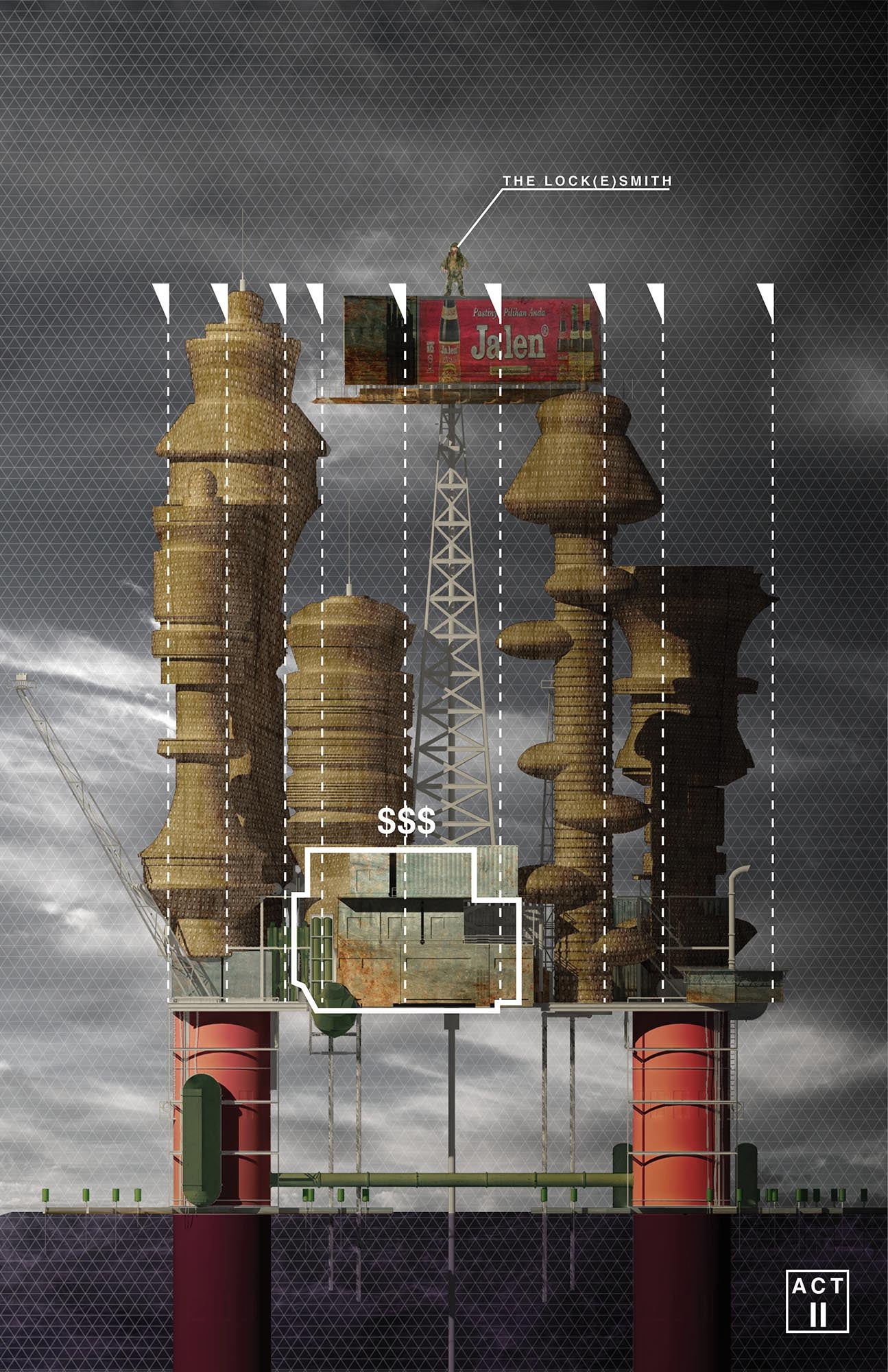
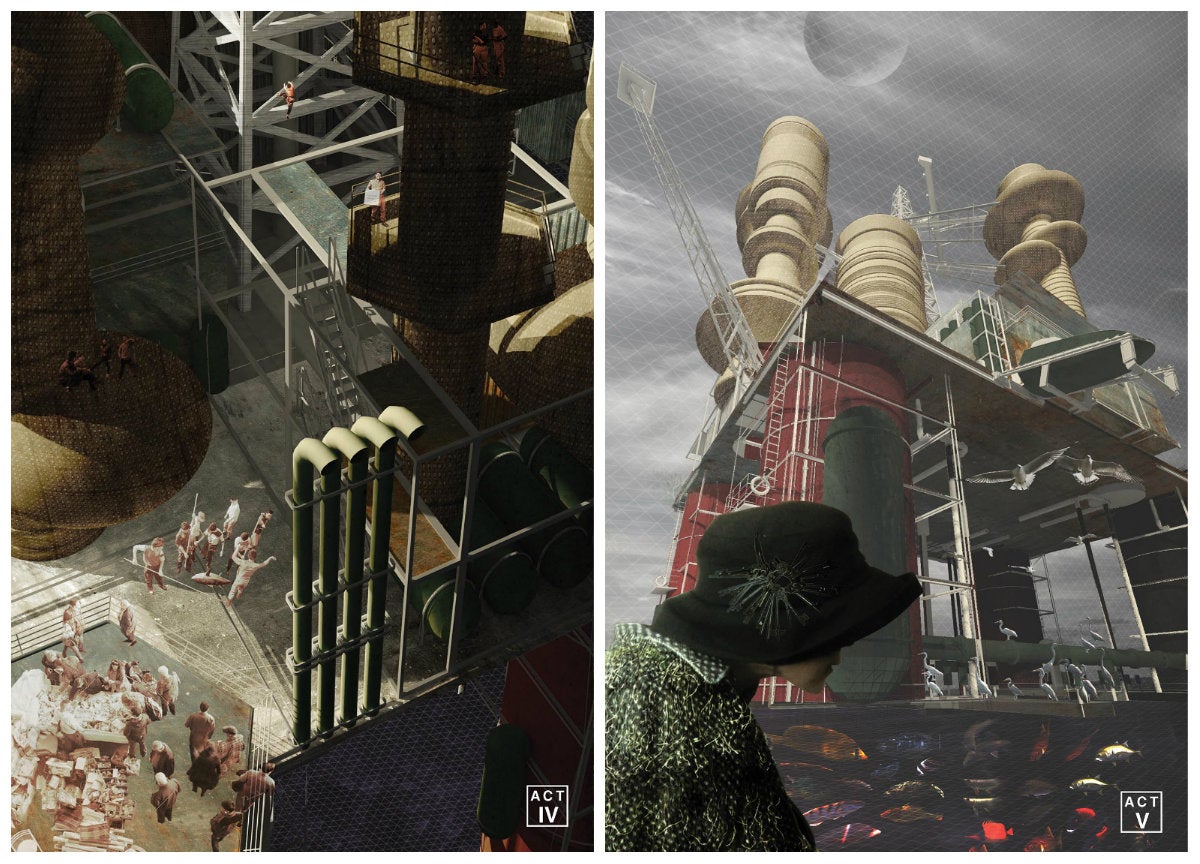
The judges gave honorable mentions to 10 entries including this fantastically-rendered story by the Nigerian-born architect and designer Olalekan Jeyifous.
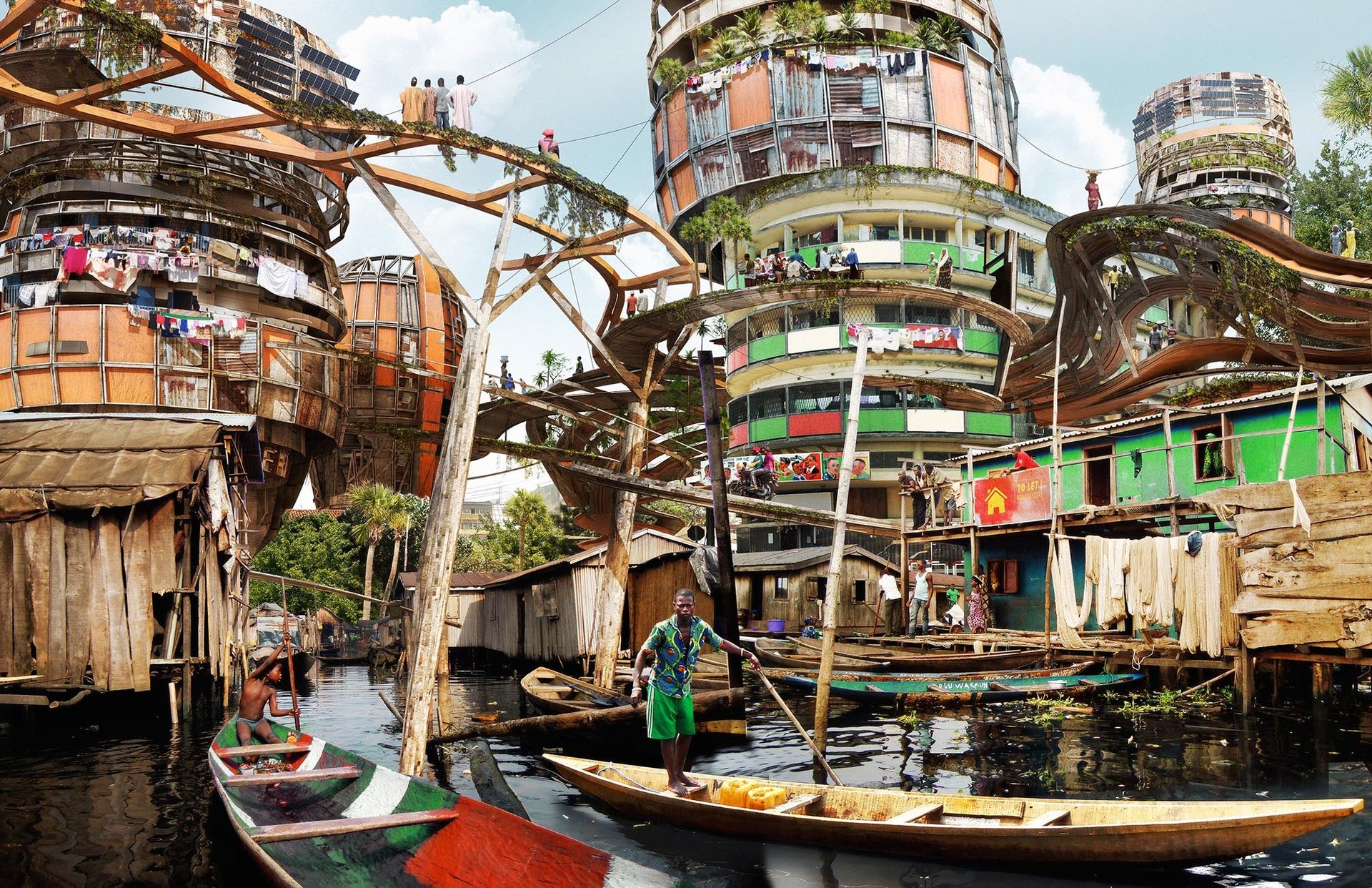
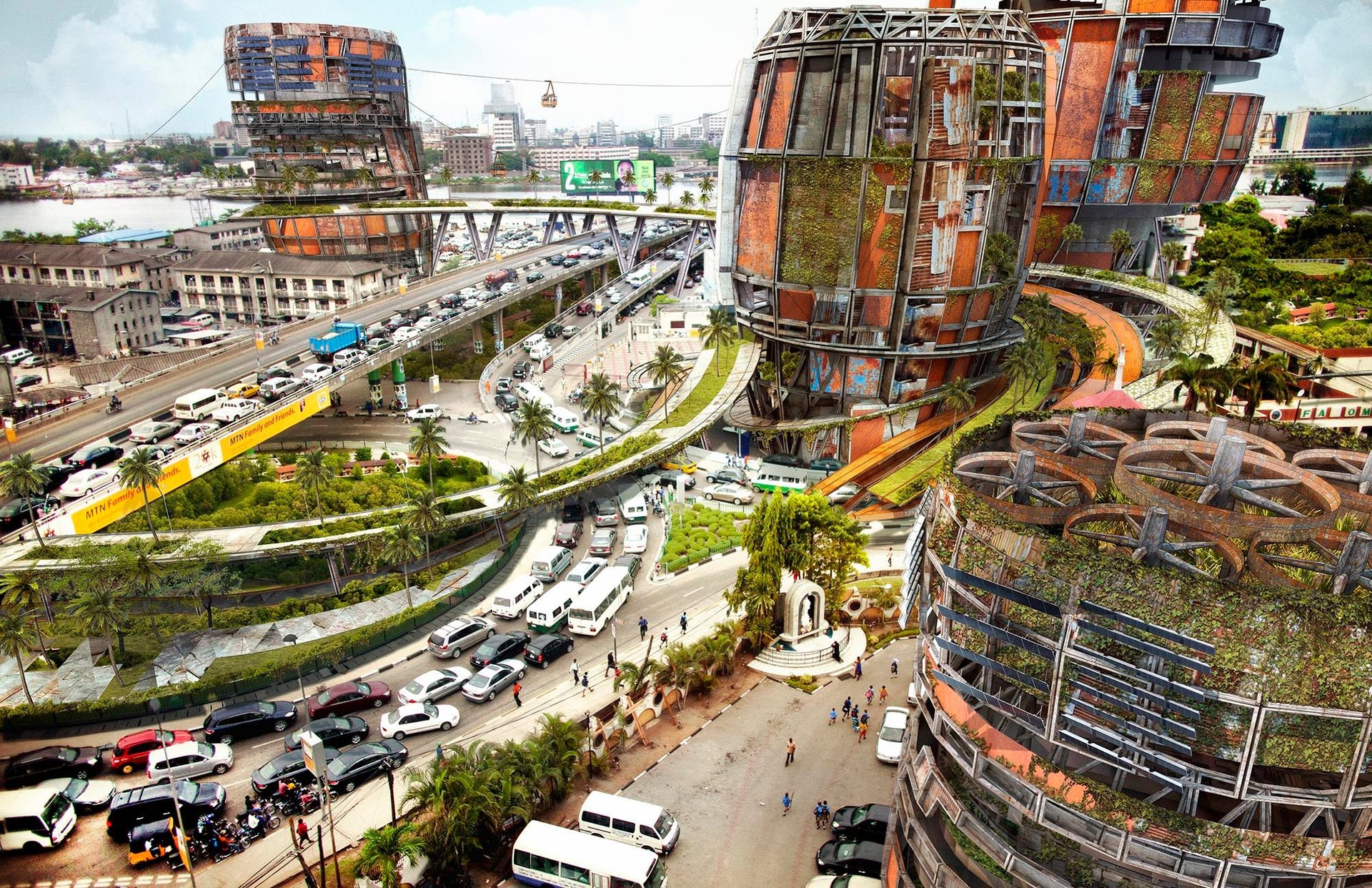
With hundreds of thoughtfully-drafted entries each year, Hoffman and Giuliani seemed to have created a release valve for ideas and angst for the competitive industry. Reflecting on this year’s contest, they wrote on their website: “Those who submitted to the competition are not only impressively talented, they are courageous innovators that have pushed the envelope of architecture as we know it. These are the most important topics for architecture to address, and they have the power to reshape the business of architecture, its priorities, and its future direction.”